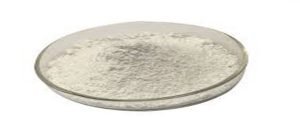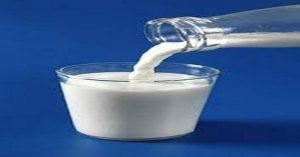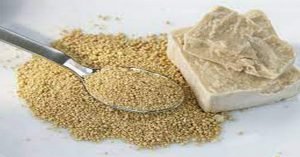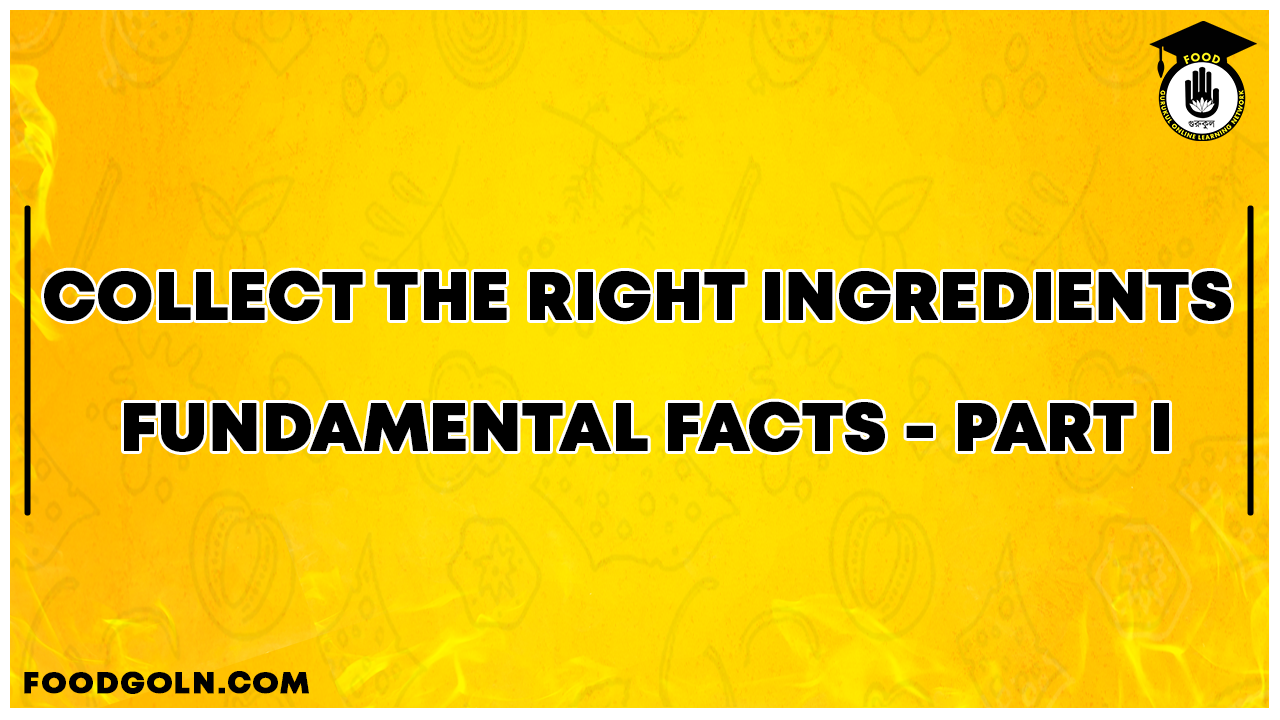Collect the Right Ingredients

Table of Contents
Collect the Right Ingredients – FUNDAMENTAL-FACTS – PART I
Plain bread is made from flour, liquid, yeast, shortening, salt, and sugar. Fancy bread has eggs, fruits, nuts, spices, or other ingredients added to those basic ones for plain bread.
WHEAT FLOUR
is the main ingredient of all bread. Wheat contains two proteins in just the right proportion to make gluten when water is added to the flour. Gluten makes it possible for batters and doughs to hold the leavening gas which makes them light.
ENRICHED FLOUR.
Use enriched flour wherever the recipe calls for white flour. Enriched flour is white flour to which three of the B vitamins and iron have been added. Thiamin (B1), riboflavin (B2), niacin, and iron are the required ingredients in enriched flour. Enriched flour looks, tastes, and bakes the same as any other white flour. The difference comes in the added food values. The enrichment process puts back these four ingredients which were removed from the whole wheat in the process of making white flour.
LIQUID.
Flour dries out so quickly in our dry climate. We need more liquid in proportion to flour, to keep the dough soft enough to make good bread. bread made with milk has more food value than those made with water. They stay fresh longer. Milk gives the bread a more velvety grain. bread made with milk toasts more evenly and more quickly. Fresh liquid milk, evaporated milk, or powdered milk all make good bread.
Scald the fresh liquid milk. Unscaled milk has an enzyme that causes a softening of the dough. Evaporated milk and dried milk which are made for the baking trade need no scalding. The enzyme has been killed in the evaporation and the high-temperature drying process. Dilute evaporated milk with equal parts of water. When you use the “instant” powdered milk you will have better bread if you liquefy the milk and then scald it as you do the fresh fluid milk.

Most of the powdered milk on the grocery shelves today is the “instant” variety. It has been processed at a lower temperature than that which is necessary to destroy the enzymes which cause a sticky dough. The powdered milk which the bakers use has been processed at a temperature high enough to destroy the enzyme action. That kind of powdered milk you may mix with the dry flour and use water where the recipe calls for milk. One-fourth cup of the powdered milk made for the baking trade plus one cup of cold water makes one cup of milk. Use package directions for proportions of the “instant” variety.
SHORTENING
makes the gluten mesh-work of the dough more elastic so the gas can expand freely and easily. This helps increase the volume. Shortening improves the flavor, makes the bread more tender, and helps give it a soft velvety crumb. It also makes it brown better and stays fresh longer. Any kind of fresh, sweet fats or cooking oils may be used in bread or rolls.

SALT
brings out the flavor of the other ingredients used in making bread. Salt also helps control fermentation. The more salt used, the slower the fermentation will be. Do not add salt to the liquid in which yeast is softened as it may retard the yeast action too much.
YEAST
Yeast is responsible for the bubbles of gas that cause the dough to rise. Yeast most commonly used today comes as compressed yeast in cake form, or in granular form as active dry yeast. Compressed yeast is perishable. It can be kept for about 2 weeks in a refrigerator. Good compressed yeast is grayish. It is brittle. It crumbles easily when broken between the fingers.
Active dry yeast contains much less moisture than compressed yeast. This makes it much less perishable. It can be kept for several weeks without refrigeration. It stays in good condition much longer if it is kept in a cool place. Follow the directions on the package for softening the active dry yeast.
RAPID MIX YEAST
A yeast product has been developed for “short-cut” bread making. This type of yeast is finer than conventional granulated yeast. It can be added to the flour without being dissolved in water. It can, however, be used conventionally by dissolving in water. Any conventional recipe can be adapted to use this product. To do this, simply add the undissolved yeast to the flour. Include the amount of liquid (required to dissolve the yeast) with the other liquid in the recipe.

RAPID RISE YEAST
RapidRise yeast is a product developed by Fleischmann. It is a different, more active yeast strain that is finer and lighter in color. Its ability to raise dough may be 50 percent faster than regular. One study reported from Nabisco Brands research laboratories that the RapidRise yeast outperformed regular yeast in leavening action by about 15 percent; after storage for 6 months at room temperature, the RapidRise outperformed regular yeast by 70 percent.
RapidRise is a different yeast strain that is treated with greater amounts of phosphorus and ammonia to increase enzymatic activity and produce greater leavening ability. The yeast also suffers less cell damage during the drying stage. The yeast cell can feed on sugars in the bread dough at a faster rate and produce carbon dioxide at a faster rate. For maximum time savings, combine RapidRise directly with dry ingredients, heat liquids to 120°–130° F and add liquids to dry ingredients. There is no need to “proof” the yeast.

Time savings are less dramatic with the freezer and CoolRise doughs because the exposure to cold temperature retards the action of all types of yeast. For food processor recipes, RapidRise should be combined with the flour mixture in the processor bowl in the initial mixing step. The warm water is normally used for dissolving the yeast and then cold liquids should then be added as the recipe directs.SUGAR is the food from which the yeast plant makes the leavening gas.
Yeast makes carbon dioxide gas and alcohol from sugar. Yeast and sugar work together to form the tiny gas bubbles which permit the light porous texture of yeast products. Sugar adds flavor to the bread. It also helps its browning in the oven. Too little sugar prevents browning. Bread brown too quickly if too much sugar is added. White sugar is used more commonly in bread. Brown sugar, honey, or molasses often are used in whole wheat.
